How to charge automatic water dispenser?
The issue many face is understanding the optimal method How to charge automatic water dispenser? Ensuring its efficient operation and prolonged lifespan.
To charge an automatic water dispenser, locate and connect the USB charging cable to the port on the dispenser. Plug the other end into a power source. Allow it to charge for 3-4 hours until the indicator light signals full charge.
To achieve optimal performance and longevity from your automatic water dispenser, understanding the charging process is crucial. Discover the comprehensive guide to effective operation, dive in for detailed insights.
How to charge automatic water dispenser? (6 Steps)
The informative guides to understand How to charge automatic water dispenser? Are as follows.

1.Locate the USB Charging Port
On your automatic water dispenser, the USB charging port is usually located at the bottom or side of the unit. It is essential to identify this port first, as it serves as the unit’s power connection for charging.
2.Connect the Charging Cable
Upon locating the USB port, insert the charging cable into it, ensuring the cable is securely connected. The other end of the cable should be plugged into an appropriate power source, such as a wall socket or a computer.
3.Plug Into Power Source
Once the charging cable is connected, plug the other end into a proper power source. This could be a wall outlet, computer USB port, or a power bank. Ensure that the power source is working to start the charging process.
4.Allow the Dispenser to Charge
Allow the water dispenser to charge for approximately 3-4 hours. A charging indicator, usually a light, will confirm the process. When it indicates a full charge, disconnect the cable safely, and your dispenser is ready for use.
5.Check the Indicator Light
The indicator light on your portable automatic water dispenser serves as a key signal during the charging process. It typically glows or blinks during charging, and once it signals a full charge, it’s safe to disconnect your dispenser from the power source.
6.Maintain Regular Charging
Regular charging maintains the efficiency of your automatic water dispenser. It’s advised to establish a charging routine based on your usage patterns. Consistent charging ensures the dispenser’s performance and extends its lifespan, providing uninterrupted service.
Topics:
The important informatives topics about daily bases arise questions How to charge automatic water dispensers?
1. Understanding the Technical Specifications
Understanding the technical specifications of your automatic water pump dispenser is the first step towards efficient usage. Familiarise yourself with the voltage requirements, power consumption, and the type of charging cable required. This knowledge not only ensures optimal operation but also safeguards the device from potential damage.
2. Safety Precautions
During charging or operation of your automatic water dispenser, adhering to safety regulations privacy is paramount. Avoid contact with water when the device is connected to a power source. Also, remember to unplug before cleaning or moving the dispenser to prevent electrical accidents.
3. Troubleshooting Common Issues
At times, your automatic water dispenser may encounter issues affecting its performance. Learning how to troubleshoot common problems like power issues, inconsistent water flow, or charging difficulties can save you time and ensure the dispenser’s uninterrupted operation. Always refer to your user manual for accurate guidance.
4. Maximising Efficiency
To optimise the performance of your automatic water dispenser, consider factors such as regular maintenance and correct usage. Periodic cleaning and proper placement can enhance the dispenser’s efficiency, leading to better longevity and consistent high-quality service.
5. The Environmental Impact
Automatic water dispensers can contribute positively to environmental sustainability. By minimising plastic waste from water bottle pump, they promote responsible consumption. Furthermore, energy-efficient models reduce electricity use, contributing to lower carbon emissions and fostering a greener planet.
Conclusion:
In conclusion, understanding How to charge automatic water dispenser? effectively plays a crucial role in its efficient operation and longevity. Embracing regular charging practices, adhering to safety measures, and comprehending technical specifications helps ensure seamless performance. Troubleshooting common issues aids in maintaining consistent service, while recognizing the environmental impact prompts responsible usage. This knowledge elevates the user experience, ensuring your automatic water dispenser serves you optimally for a prolonged period.
FAQs:
people also ask How to charge automatic water dispenser?
The lifespan of an automatic water dispenser typically ranges from 3 to 5 years, depending on usage patterns, model quality, and adherence to recommended maintenance practices.
An automatic water dispenser works by utilising a motor that draws water from a source, usually a bottle, and dispenses it through a tap when a button or lever is activated.
Before first-time use, rinse the dispenser with warm water, connect it to the bottle, and charge it fully. Once charged, press the pump button to dispense water.
A non-electric water dispenser operates on gravity. It does not require power as water flows from a higher point (bottled water) to a lower point (your glass) when the tap is opened.
No, water dispensers are generally energy-efficient. On average, they consume approximately 100-130 kilowatt-hours (kWh) per year, which is relatively low compared to other household appliances.


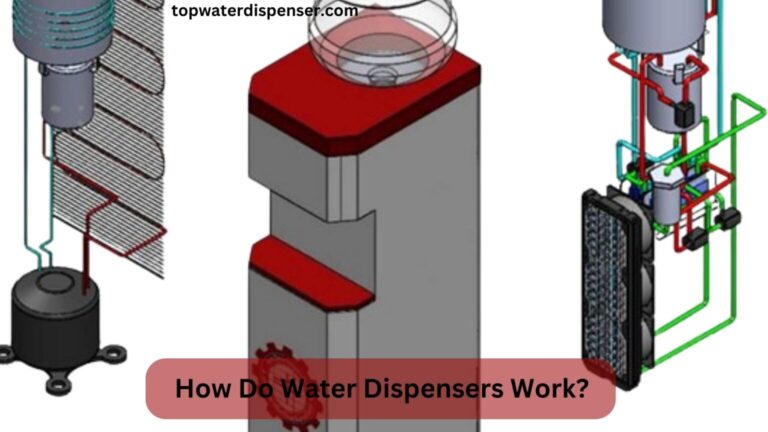
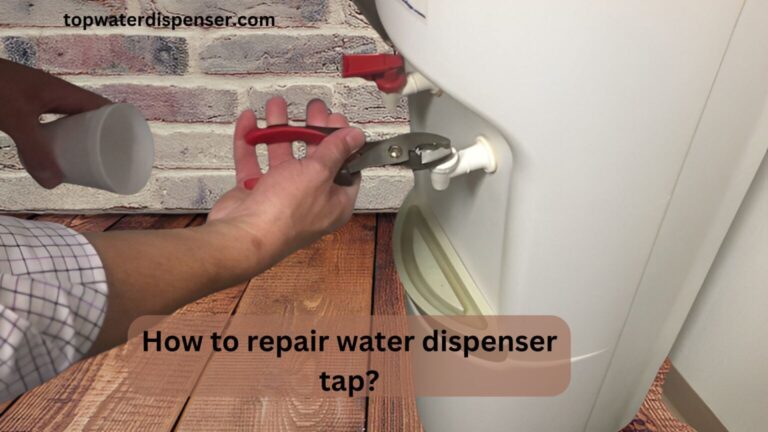
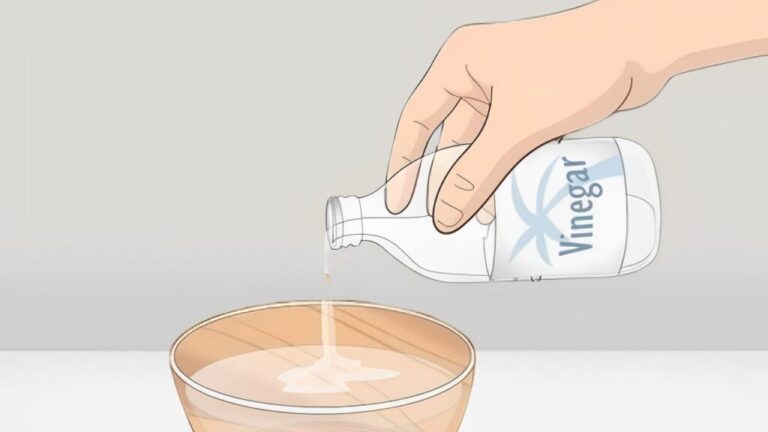
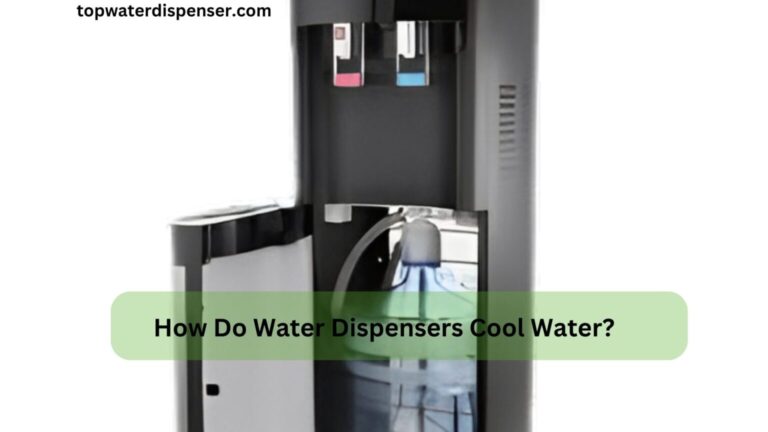
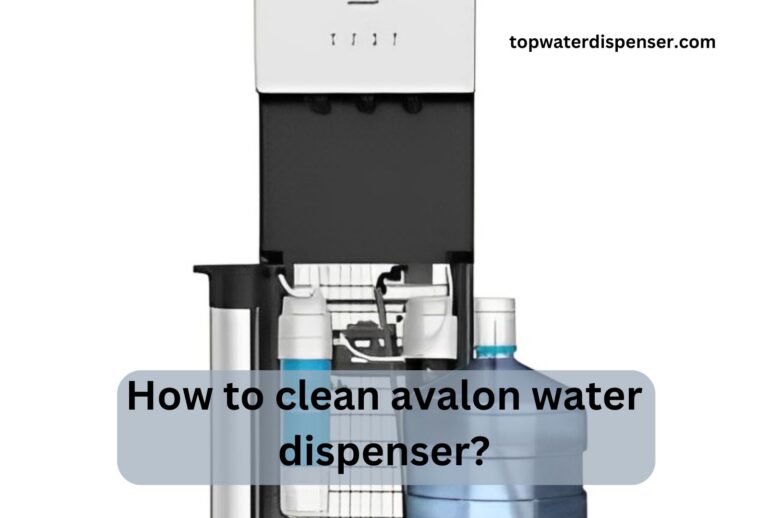
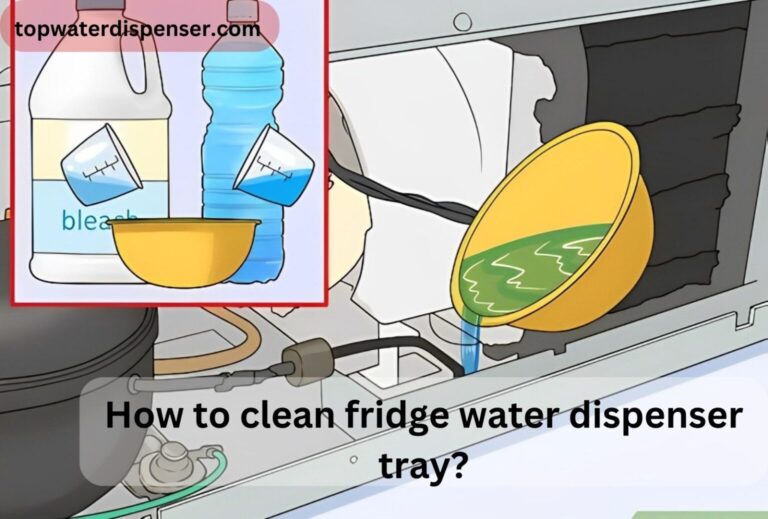
One Comment